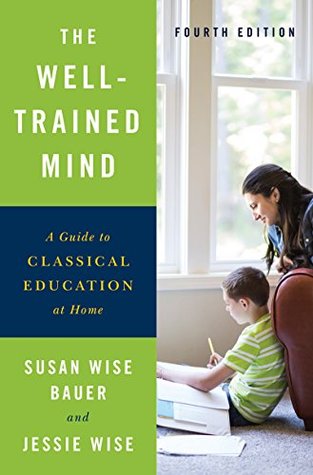More on this book
Community
Kindle Notes & Highlights
Green Eggs and Ham.
Hop On Pop.
One Fish, Two Fish, Red Fish, Blue Fish.
Danny and the Dinosaur.
Oliver.
Frog and Toad Storybook Treasury.
Mouse Soup.
Owl at Home.
Small...
This highlight has been truncated due to consecutive passage length restrictions.
Put Me in t...
This highlight has been truncated due to consecutive passage length restrictions.
A Kiss for Little Bear.
Little Bear.
Little Bear’s Friend.
Little Bear’s Visit.
Henry and Mudge: The First Book.
Morris the Moose.
Each lesson involves fifteen minutes of penmanship time: ten minutes of instruction and five minutes of carefully supervised practice.
Although this program offers many excellent insights for teaching writing, it isn’t our first recommendation because the script itself is not as attractive as the Zaner-Bloser script (below); the focus is on legibility rather than beauty.
My Printing Book (First grade).
Zaner-Bloser Handwriting.
Cuisenaire Rods Introductory Set.
wooden geometric solids,
Kumon Flash Cards: Write and Wipe!
Wooden Pattern Blocks.
Neuschwander, Cindy. Sir Cumference
How Much Is a Million?
Math for All Seasons:
Peter Pan.
Alice in Wonderland.
Through the Looki...
This highlight has been truncated due to consecutive passage length restrictions.
The Chronicles of Narnia.
Winnie-the-Pooh.
Nesbit, Edith.
The Railway Children.
Charlotte’s Web.
Stuart L...
This highlight has been truncated due to consecutive passage length restrictions.
The Read-Aloud Handbook, 7th ed., by Jim Trelease
Until a student reads without difficulty, he can’t absorb the grammar of history, literature, or science; until a student writes with ease, he can’t express his growing mastery of this material.
Because language skills are the cornerstone of classical education, the student will spend more time on reading and writing than on any other task.
use accordion folders or file boxes to keep
You should always spend as much time on one level as you need and progress on to the next level only when your child has mastered the first level, whether that comes before or after the “normal” age.
Your goal will be to bring the child up to fourth-grade level in each area—spelling, grammar, reading, and writing—by the end of fourth grade (ages 10 to 11).
A good classical education instills a passion for books in the student.


